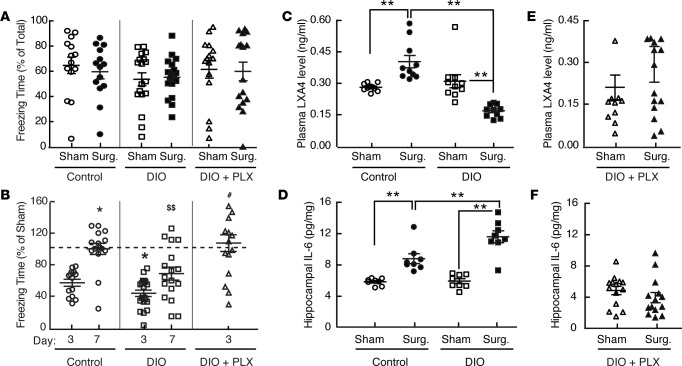Figure 4. Perioperative microglial depletion prevents the inflammatory and cognitive consequences of surgery in mice with DIO.
(A) The freezing response to preoperative TFC testing (% of total time) of healthy (chow-fed) controls, mice with DIO, and mice with DIO treated with PLX5622 (PLX), showing no difference between groups. (B) Freezing times measured from the mice in A (% vs. corresponding sham-treated mice) during TFC testing 3 and 7 days after surgery. Whereas the impact of surgery on TFC memory is transient and returnsto sham levels by day 7 in control mice (*P < 0.001 vs. control at day 3), mice with DIO have a more pronounced (*P < 0.001 vs. control at day 3) and persistent ($$P < 0.001 vs. control mice at day 7) memory loss. Perioperative PLX5622 treatment protects mice with DIO from surgery induced memory loss (‡‡P < 0.005 vs. DIO alone at day 7). (C and D) Analysis of LXA4 and IL-6 levels, showing that DIO paradoxicallylowers plasma LXA4 levels that otherwise rise by 3 days after surgery in healthy control mice (C) and potentiates the postoperative (day 3) rise in hippocampal IL-6 levels seen in control mice (D). (E and F) Corresponding measurements from plasma (LXA4) and hippocampus (IL-6), showing that perioperative PLX5622 treatment abolishes the impact of surgery on circulating LXA4 levels in mice with DIO (E) and prevents hippocampal IL-6 levels from rising in mice with DIO (F). All data are from n = 12–19/group and were analyzed by two-way ANOVA (A, C, and D), one-way ANOVA (B), and Student’s t test (E and F); **P < 0.001 for comparisons shown.

